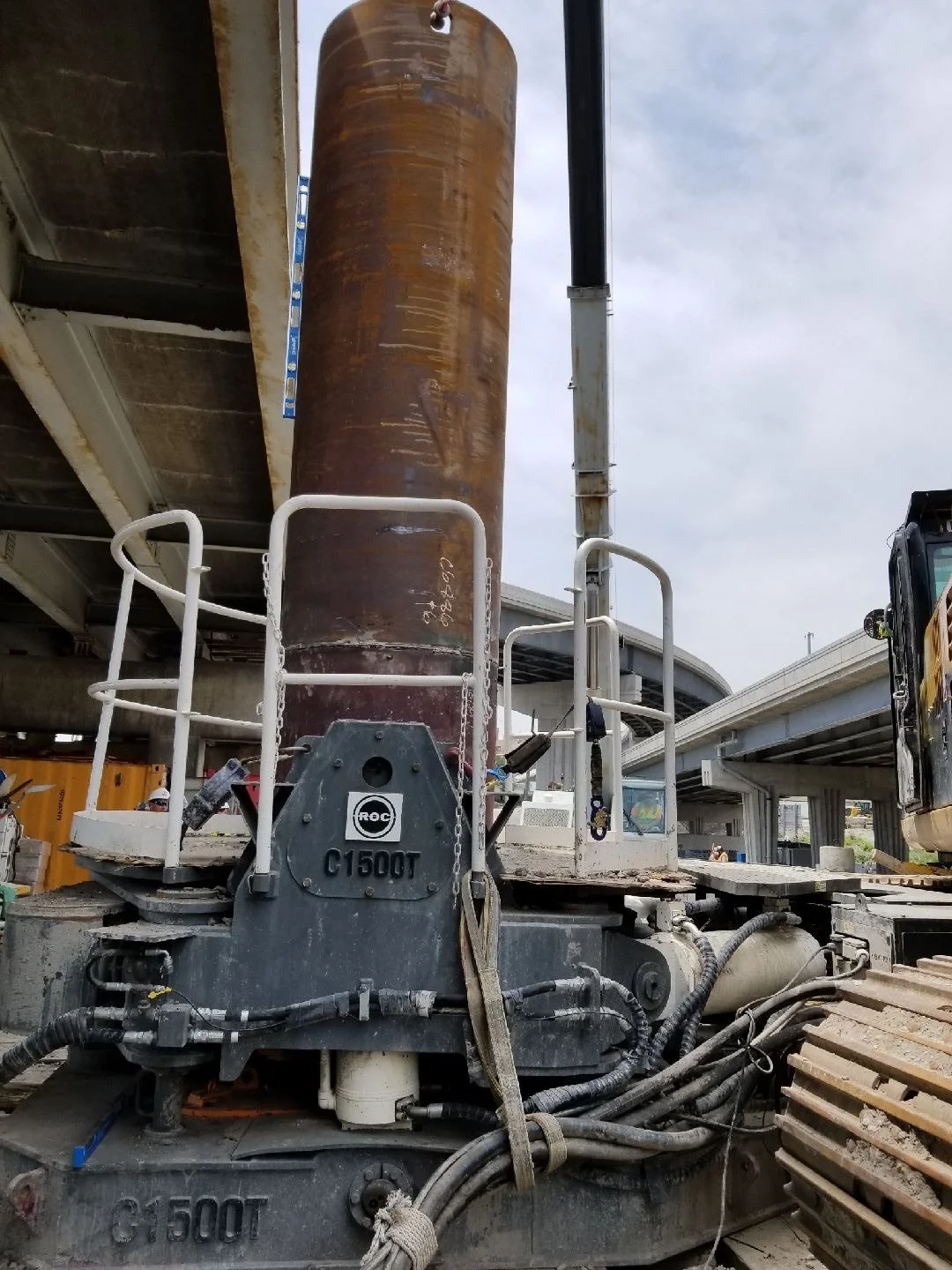When Drilled Shafts are More Advantageous than Driven Piles
Choosing drilled shafts over driven piles depends on a range of geotechnical, structural, environmental, and logistical factors. Here are the key reasons to use drilled shafts instead of driven piles:
✅ Noise and Vibration Sensitivity
Drilled shafts cause minimal vibration and noise, which makes them ideal for urban, hospital, historical, or sensitive facilities where pile driving would disturb occupants or damage structures.
Driven piles can cause vibrations that damage nearby utilities, foundations, or sensitive equipment.
✅ Deep or Variable Subsurface Conditions
Drilled shafts are more adaptable to variable soils, boulders, or hard rock layers. Drilling tools can penetrate rock where driven piles might refuse or deflect.
Driven piles often encounter refusal or misalignment in dense layers or cobbles.
✅ Larger Load Capacity
Drilled shafts can be custom-sized (very large diameters and lengths) and are ideal for structures with massive axial or lateral loads (bridges, towers, high-rise buildings).
Driven piles may require groups to achieve the same capacity a single drilled shaft can provide.
✅ Limited Access or Obstructions
Drilled shafts are better suited for confined job sites, especially in retrofit projects. Equipment can be more versatile in low-headroom or restricted sites.
Driven pile equipment often requires tall leads and more room to operate.
✅ Minimal Ground Heave or Displacement
Drilled shaft soil is removed, not displaced, reducing risk of uplift on adjacent foundations or utilities.
Driven piles can cause ground heave, especially in soft or saturated soils.
✅ Environmental Concerns
Drilled shafts cause less disruption to adjacent properties. Spoils can be contained and treated.
Driven piles can displace potentially contaminated soils laterally.
✅ Structural Integration and Flexibility
Drilled Shaft reinforcement can be easily customized (cages, post-tensioning). Ideal for integral or composite structures (e.g., column-to-shaft monolithic pour).

